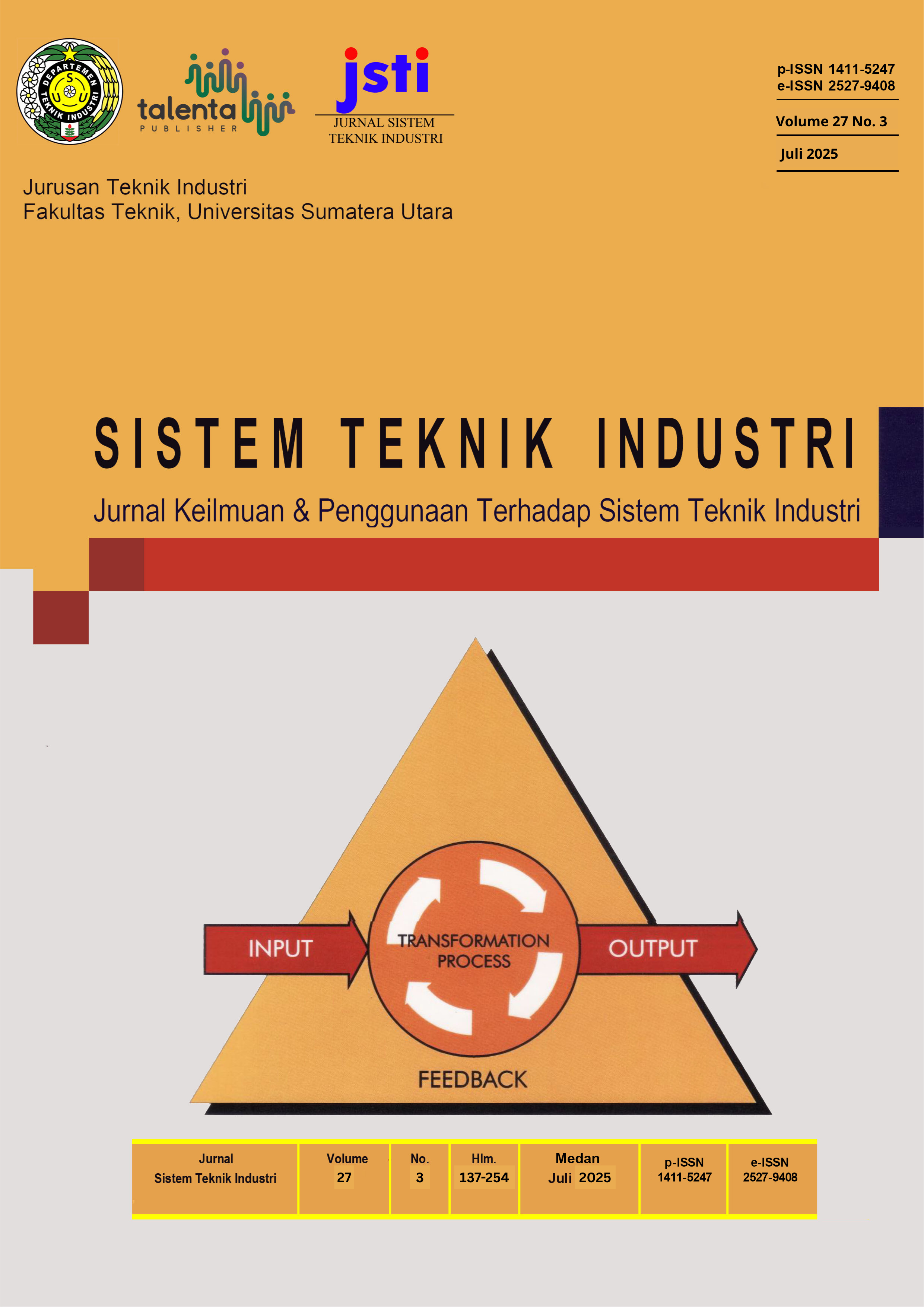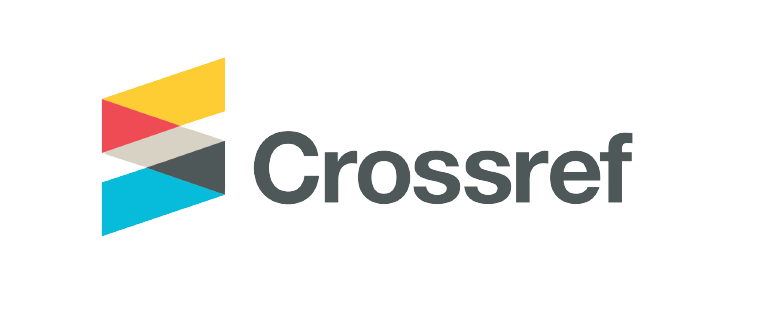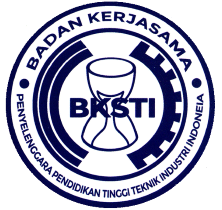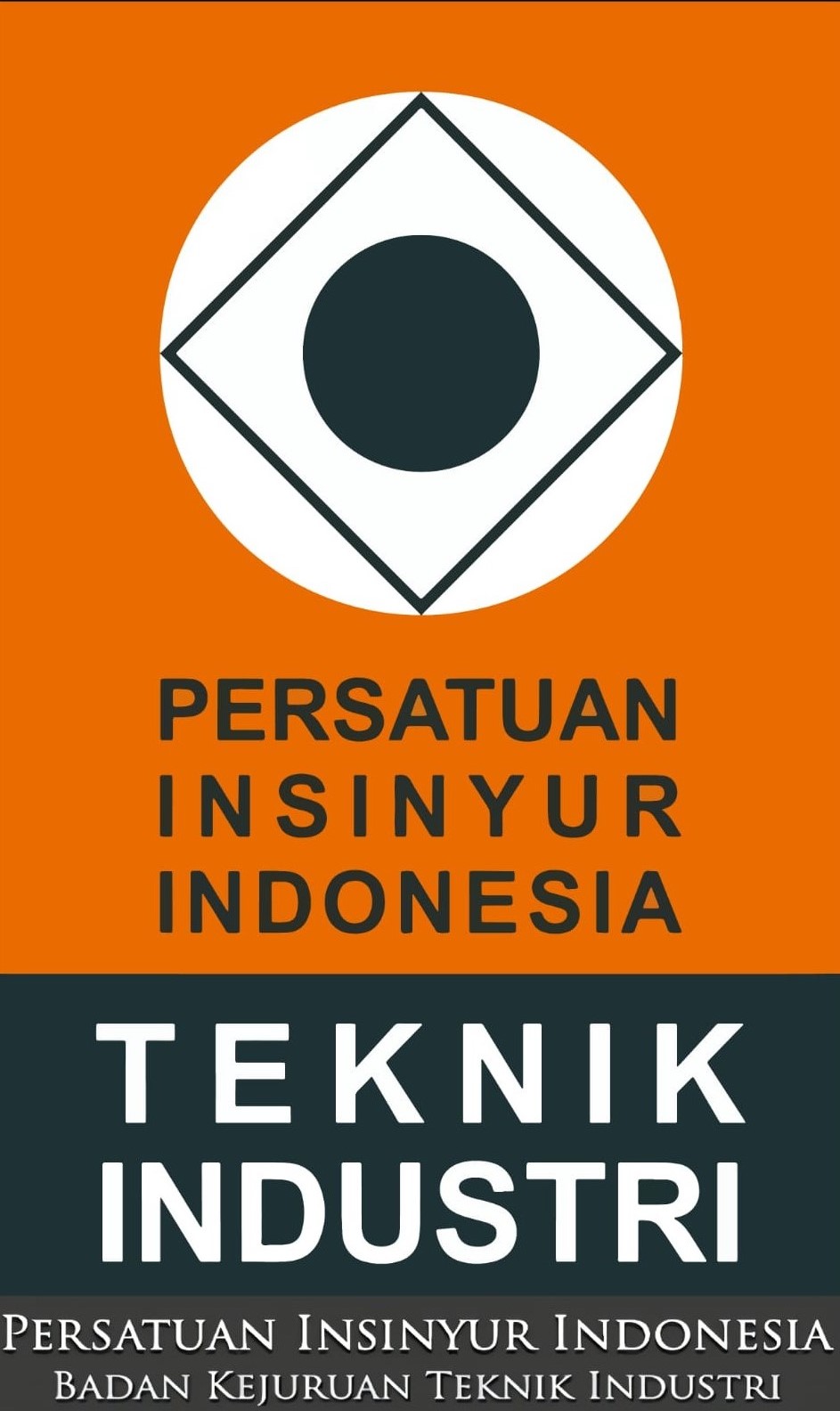Analysis of The Influence of Student Decisions in Using Artificial Intelligence (AI) As a Learning Reference
DOI:
https://doi.org/10.32734/jsti.v27i3.21472Keywords:
Artificial Intelligence (AI), Technology Acceptance Model (TAM), Decision Influence, Learning Reference, PerceptionAbstract
Education is one of the many facets of human existence that have changed as a result of the advancement of artificial intelligence (AI). The goal of artificial intelligence (AI), a subfield of computer science, is to create computers and systems that can carry out operations that normally call for human intellect. According to data, the number of people using AI is expected to reach 3.33 million annually by 2030. Out of the 100 respondents who received the surveys, 100 said they utilize AI apps. Students in semesters two (19%), four (36%), six (17%), and eight (28%), respectively, make up the distribution of use. 90% of AI is used as a learning reference, compared to 10% for thesis. This study uses the Technology Acceptance Model (TAM) technique as a theoretical framework to ascertain the perceptions that help Industrial Engineering students decide whether to use AI as a learning reference. The analysis's findings indicate that perceived advantages (38.64%), perceived ease of use (40.73%), and actual usage (16.81%) are the perceptions that affect students' decisions in Malikussaleh University's Industrial Engineering department. The development of AI integration tactics in higher education can benefit greatly from these discoveries.
Downloads
References
Riska Aini Putri, “Pengaruh Teknologi dalam Perubahan Pembelajaran di Era Digital,” Journal of Computers and Digital Business, vol. 2, no. 3, pp. 105–111, Sep. 2023, doi: 10.56427/jcbd.v2i3.233.
E. S. Eriana, S. Kom, M. Kom, and D. A. Zein, “Artificial Intelligence (AI) Penerbit CV. Eureka Media Aksara.”
S. Prabandari, “Pemanfaatan Artificial Intelligence Untuk Mendukung Pembelajaran Vokasi,” ENCRYPTION: Journal of Information And Technology, 2024.
R. Peliza, “Penerapan Teknologi Artificial Intelligence (Ai) Terhadap Peningkatan Efektivitas Pembelajaran Mahasiswa.”
A. J. Publikasi, Y. Pebrian, M. F. Farhat, K. Kunci, and P. Ai, “Pemanfaatan Artificial Intelligence dalam Dunia Pendidikan,” vol. 2, no. 2, pp. 84–87, 2023, [Online]. Available: https://jurnal.portalpublikasi.id/index.php/AJP/index84
W. A. Harsanto, N. Matondang, and R. P. Wibowo, “The Use of Technology Acceptance Model (TAM) to Analyze Consumer Acceptance Towards E-Commerce Websites. A Case of the Plantage.id Digital Transformation Solution,” Journal of Environmental and Development Studies, vol. 4, no. 2, pp. 206–213, Sep. 2023, doi: 10.32734/jeds.v4i2.13144.
A. Siswoyo and B. S. Irianto, “Analisis Technology Acceptance Model (TAM) Terhadap Pengguna Aplikasi Mobile Banking,” Owner, vol. 7, no. 2, pp. 1196–1205, Apr. 2023, doi: 10.33395/owner.v7i2.1440.
D. Mugo, K. Njagi, B. Chemwei, and J. Motanya, “The Technology Acceptance Model (TAM) and its Application to the Utilization of Mobile Learning Technologies,” British Journal of Mathematics & Computer Science, vol. 20, no. 4, pp. 1–8, Jan. 2017, doi: 10.9734/bjmcs/2017/29015.
S. Meutia, D. K. Sofyan, and T. Maulana, “Identification of MSMEs’ Decision in Using Digital Payment as Part of the Smart City Concept Implementation in Lhokseumawe City,” PENA TEKNIK: Jurnal Ilmiah Ilmu-Ilmu Teknik, vol. 9, no. 2, pp. 89–100, Sep. 2024, doi: 10.51557/pt_jiit.v9i2.2898.
A. I. Pramudita, T. Widiharih, R. Santoso, D. Statistika, F. Sains, and D. Matematika, “Penerapan Structural Equation Modelling (SEM) untuk Menganalisis Faktor-Faktor yang Mempengaruhi Kinerja Bisnis (Studi Kasus Kafe di Kecamatan Tembalang dan Kecamatan Banyumanik pada Januari 2019),” JURNAL GAUSSIAN, vol. 9, no. 2, pp. 122–134, 2020, [Online]. Available: https://ejournal3.undip.ac.id/index.php/gaussian/
W. Tabelessy and J. R. Pattiruhu, “Pelatihan WARPPLS: Aplikasi Alternatif Pengujian Hipotesis SEM-PLS,” Communnity Development Journal, vol. 5, no. 2, pp. 2723–2729, 2024.
S. Meutia, K. Anshar, and U. Nufus, “Identifikasi Pengaruh Marketing Mix Terhadap Peningkatan Pelanggan Pada PT. Pos Indonesia,” Industrial Engineering Journal, vol. 12, no. 2, pp. 75–83, Feb. 2024, doi: 10.53912/iej.v12i2.1142.
J. P. Wilayah, D. Kota, D. Taluke, R. S. M. Lakat, and A. Sembel, “Analisis Preferensi Masyarakat dalam Pengelolaan Ekosistem Mangrove di Pesisir Pantai Kecamatan Loloda Kabupaten Halmahera Barat,” Jurnal Spasial, vol. 6, no. 2, 2019.
R. Diana, I. V. Paputungan, and A. Luthfi, “Integration of TAM and DeLone and McLean Models to Evaluate the Quality of NAMPAH Applications,” Jurnal Teknologi Dan Sistem Informasi Bisnis, vol. 6, no. 4, pp. 723–731, Oct. 2024, doi: 10.47233/jteksis.v6i4.1583.
P. A. Agustina and H. Sugiarti, “Structural Equation Modeling for the Influence of Effectiveness, Lifestyle, and Income Level on the Use of E-Wallet Services by Urban Workers’,” Jurnal Ilmiah Sains, pp. 70–79, Apr. 2024, doi: 10.35799/jis.v24i1.54458.
P. Manajemen, F. Ekonomi, D. Bisnis, and U. Wiraraja, “Structural Equation Modeling (SEM) Dengan SmartPLS dalam Menyelesaiakan Permasalahan di Bidang Ekonomi Sayyida,” Journal MISSY (Management and Business Strategy), vol. 4, 2023.
Downloads
Published
How to Cite
Issue
Section
License
Copyright (c) 2025 TALENTA Publisher Universitas Sumatera Utara

This work is licensed under a Creative Commons Attribution-ShareAlike 4.0 International License.
The Authors submitting a manuscript do so on the understanding that if accepted for publication, the copyright of the article shall be assigned to TALENTA Publisher Universitas Sumatera Utara as the publisher of the journal.
Copyright encompasses the rights to reproduce and deliver the article in all forms and media. The reproduction of any part of this journal, its storage in databases, and its transmission by any form or medium will be allowed.



















